Charalambos Chrysostomou
Classification of Influenza Hemagglutinin Protein Sequences using Convolutional Neural Networks
Aug 09, 2021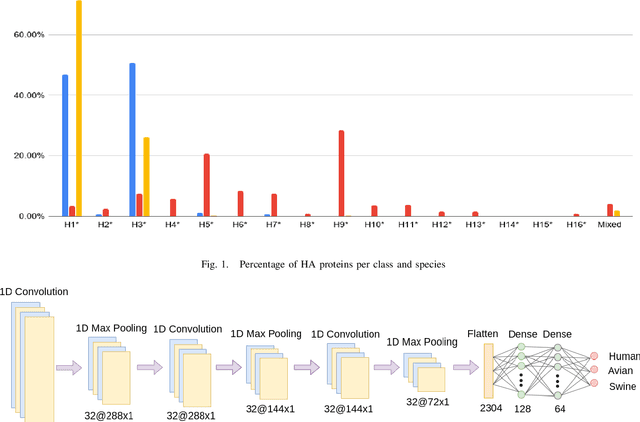



Abstract:The Influenza virus can be considered as one of the most severe viruses that can infect multiple species with often fatal consequences to the hosts. The Hemagglutinin (HA) gene of the virus can be a target for antiviral drug development realised through accurate identification of its sub-types and possible the targeted hosts. This paper focuses on accurately predicting if an Influenza type A virus can infect specific hosts, and more specifically, Human, Avian and Swine hosts, using only the protein sequence of the HA gene. In more detail, we propose encoding the protein sequences into numerical signals using the Hydrophobicity Index and subsequently utilising a Convolutional Neural Network-based predictive model. The Influenza HA protein sequences used in the proposed work are obtained from the Influenza Research Database (IRD). Specifically, complete and unique HA protein sequences were used for avian, human and swine hosts. The data obtained for this work was 17999 human-host proteins, 17667 avian-host proteins and 9278 swine-host proteins. Given this set of collected proteins, the proposed method yields as much as 10% higher accuracy for an individual class (namely, Avian) and 5% higher overall accuracy than in an earlier study. It is also observed that the accuracy for each class in this work is more balanced than what was presented in this earlier study. As the results show, the proposed model can distinguish HA protein sequences with high accuracy whenever the virus under investigation can infect Human, Avian or Swine hosts.
Sinogram Denoise Based on Generative Adversarial Networks
Aug 09, 2021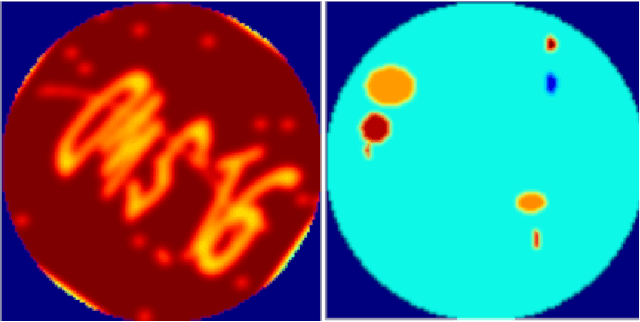
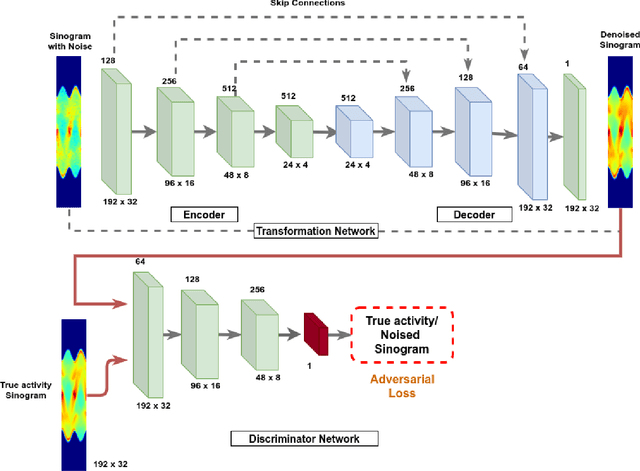
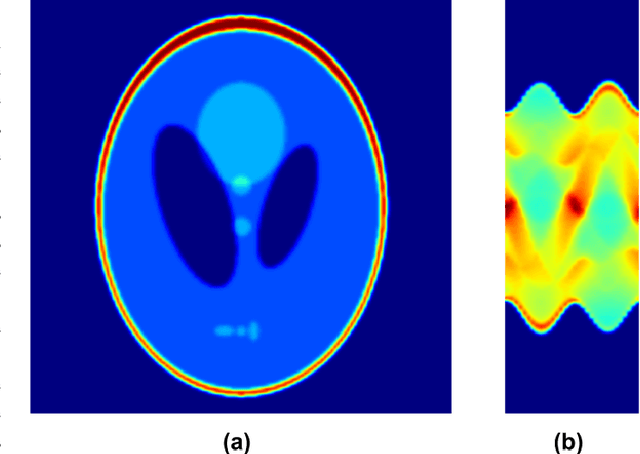
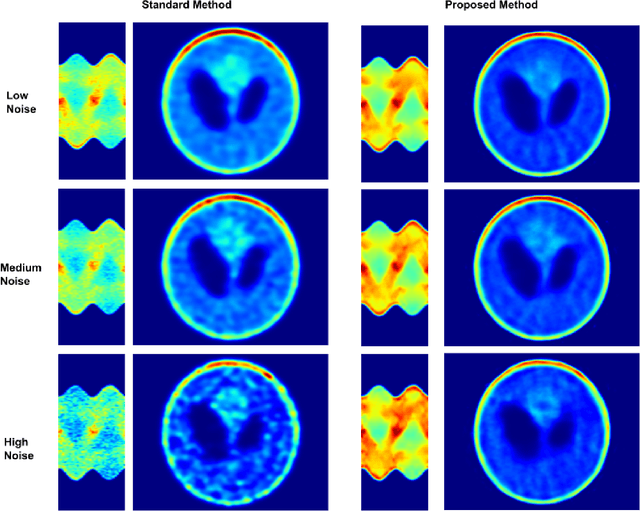
Abstract:A novel method for sinogram denoise based on Generative Adversarial Networks (GANs) in the field of SPECT imaging is presented. Projection data from software phantoms were used to train the proposed model. For evaluation of the efficacy of the method Shepp Logan based phantom, with various noise levels added where used. The resulting denoised sinograms are reconstructed using Ordered Subset Expectation Maximization (OSEM) and compared to the reconstructions of the original noised sinograms. As the results show, the proposed method significantly denoise the sinograms and significantly improves the reconstructions. Finally, to demonstrate the efficacy and capability of the proposed method results from real-world DAT-SPECT sinograms are presented.
Deep Convolutional Neural Network for Low Projection SPECT Imaging Reconstruction
Aug 09, 2021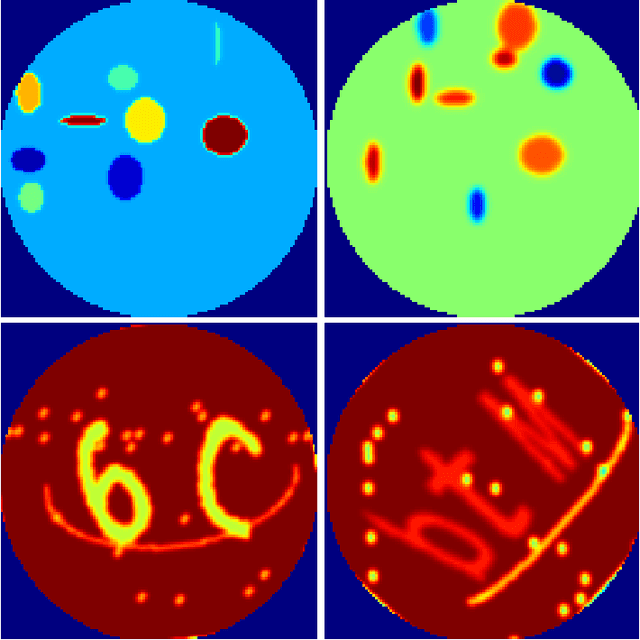

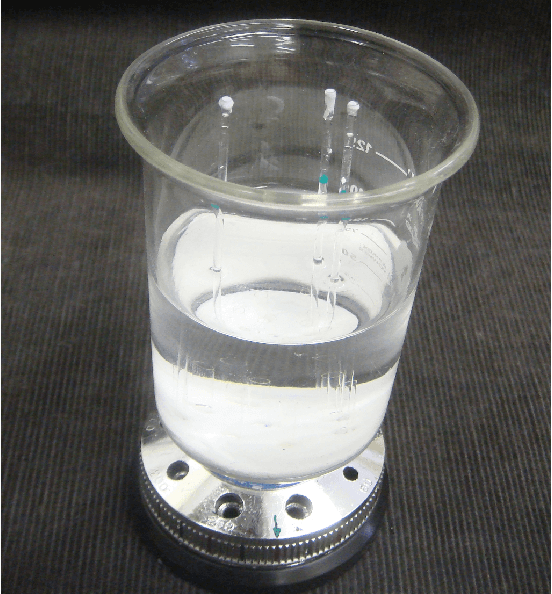
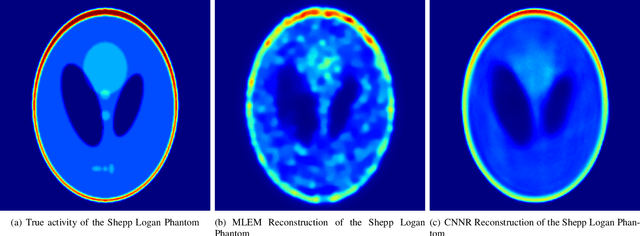
Abstract:In this paper, we present a novel method for tomographic image reconstruction in SPECT imaging with a low number of projections. Deep convolutional neural networks (CNN) are employed in the new reconstruction method. Projection data from software phantoms were used to train the CNN network. For evaluation of the efficacy of the proposed method, software phantoms and hardware phantoms based on the FOV SPECT system were used. The resulting tomographic images are compared to those produced by the "Maximum Likelihood Expectation Maximisation" (MLEM).
SPECT Angle Interpolation Based on Deep Learning Methodologies
Aug 09, 2021
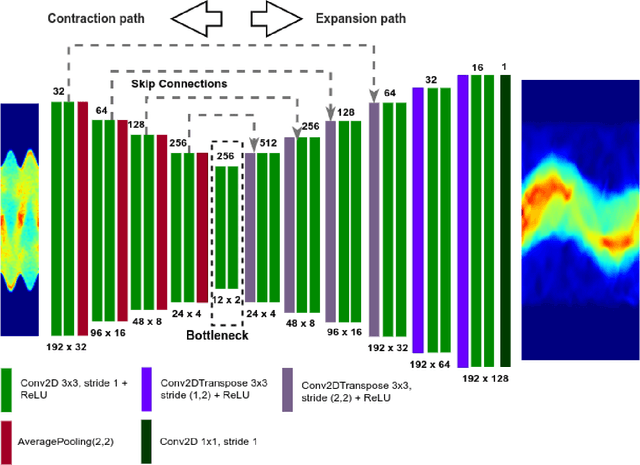
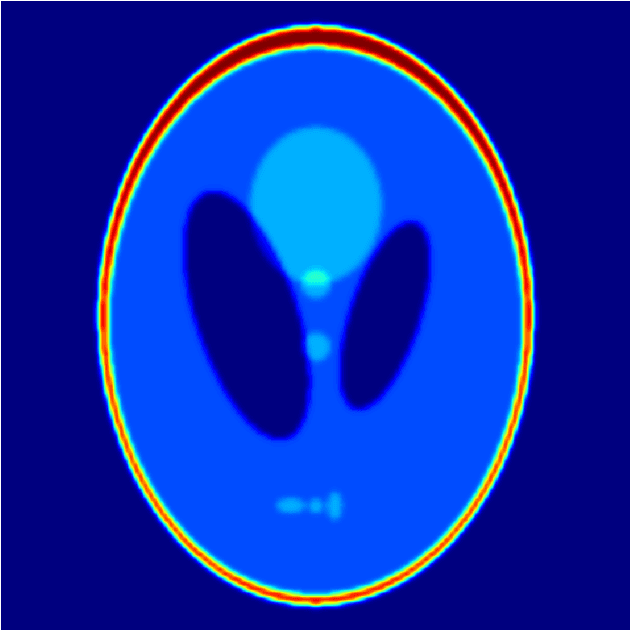
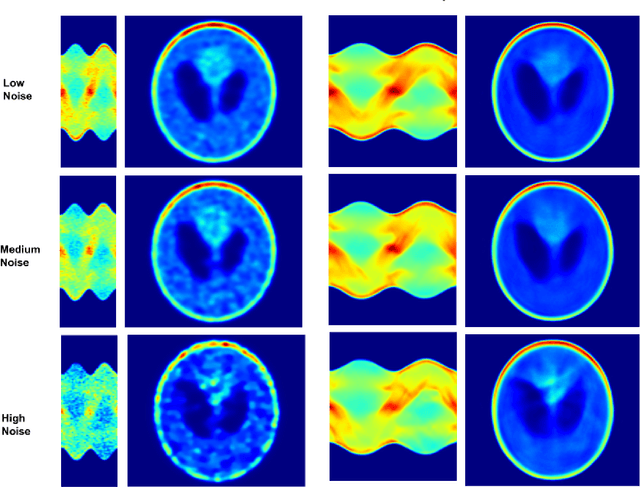
Abstract:A novel method for SPECT angle interpolation based on deep learning methodologies is presented. Projection data from software phantoms were used to train the proposed model. For evaluation of the efficacy of the method, phantoms based on Shepp Logan, with various noise levels added were used, and the resulting interpolated sinograms are reconstructed using Ordered Subset Expectation Maximization (OSEM) and compared to the reconstructions of the original sinograms. The proposed method can quadruple the projections, and denoise the original sinogram, in the same process. As the results show, the proposed model significantly improves the reconstruction accuracy. Finally, to demonstrate the efficacy and capability of the proposed method results from real-world DAT-SPECT sinograms are presented.
SPECT Imaging Reconstruction Method Based on Deep Convolutional Neural Network
Oct 19, 2020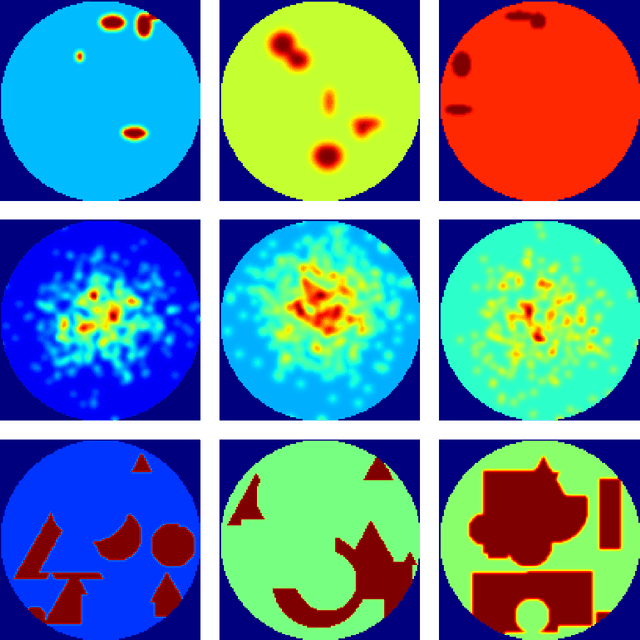

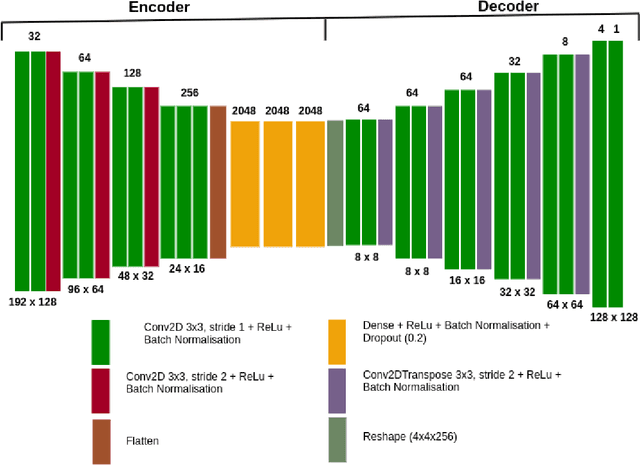
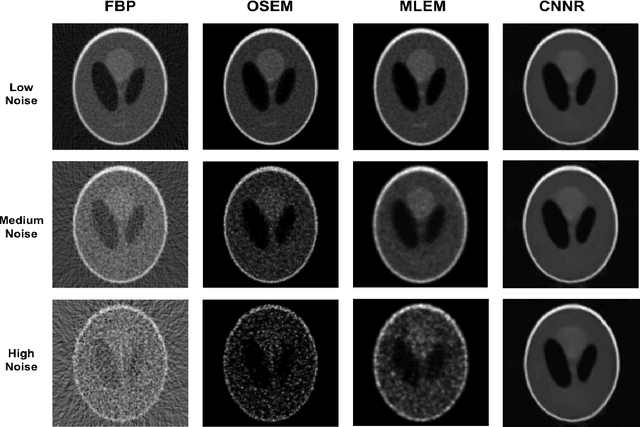
Abstract:In this paper, we explore a novel method for tomographic image reconstruction in the field of SPECT imaging. Deep Learning methodologies and more specifically deep convolutional neural networks (CNN) are employed in the new reconstruction method, which is referred to as "CNN Reconstruction - CNNR". For training of the CNNR Projection data from software phantoms were used. For evaluation of the efficacy of the CNNR method, both software and hardware phantoms were used. The resulting tomographic images are compared to those produced by filtered back projection (FBP) [1], the "Maximum Likelihood Expectation Maximization" (MLEM) [1] and ordered subset expectation maximization (OSEM) [2].
 Add to Chrome
Add to Chrome Add to Firefox
Add to Firefox Add to Edge
Add to Edge